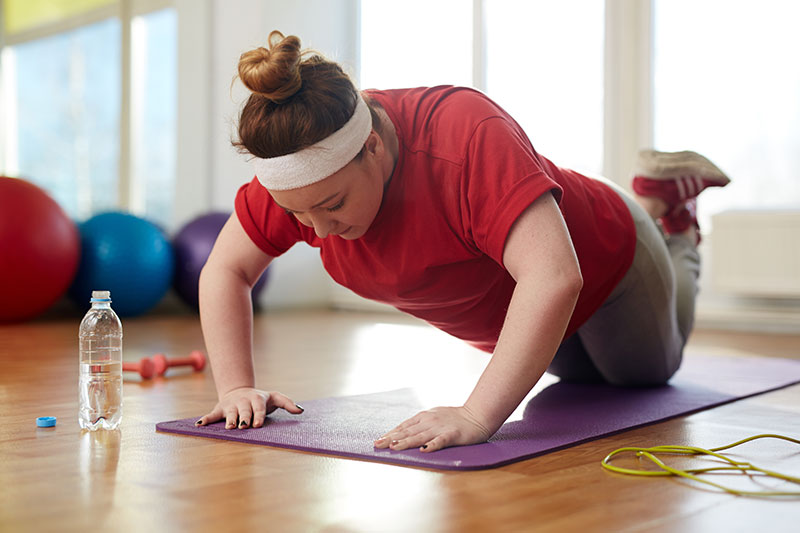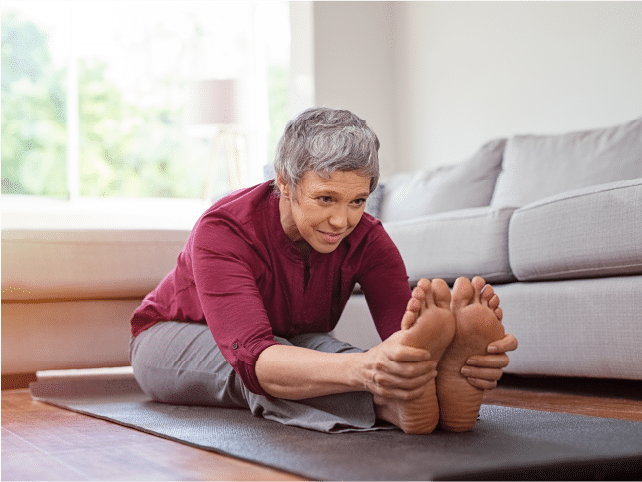The Best Way To Recover After Activity

While the act of exercising is very important for health, recovering and cooling down from exercise is of equal importance. In fact, many sports scientists believe that recovery is the absolute key to performance.
The cool down phase of exercise helps your body come down from the intensity of your workout, and also enables you to check in on yourself and get ready for the recovery phase.
What Is Cooling Down?
A cooldown from exercise gives your heart rate, blood pressure and breathing a chance to return to normal. If you end your workout abruptly, you’re placing unnecessary stress on your body.
If you’ve used a treadmill recently, you may remember it typically prompts you to a five-minute cooldown after a workout. During this five-minute cooldown, the treadmill moves slower, giving you the opportunity to walk as opposed to jog or run.
A cooldown doesn’t have to be anything too different from what you were doing before. Much like with the treadmill, translating your main exercise into something paced a bit slower is ideal.

How Does The Cooldown Period Help You?
It can help relieve some of the soreness you experience after a workout. This helps shorten your recovery time, giving you the opportunity to build on your exercise routine.
It used to be thought that a cooldown helps lower the amount of lactic acid in your bloodstream. Lactic acid is produced organically by the body when glucose is broken down, producing ATP, or cellular energy. (Lactic acid does not actually exist in the acidic pH of the body.) The source of delayed-onset-muscle-soreness (DOMS) being lactic acid was disproven in the 80s. The true metabolic byproduct of activity is lactate, not lactic acid. To simplify everything, when your muscles run out of short-term fuel, they turn to glycolysis for energy. The byproduct of that is lactate.
DOMS is actually from a number of physiologic responses to the exercise. There is a component of microtrauma of course. However, a secondary byproduct of the production of energy is oxidative stress, inflammatory mediators and hydrogen molecules (increased acidity). DOMS may be from these. DOMS is normal and expected after a good workout. Most athletes understand that soreness is not the same as ‘pain’.
During a cooldown, it’s important to allow your heart rate to lower gradually. If you don’t, you risk experiencing dizziness or fainting. Circulation through the muscles should continue for a while to assist in draining the byproducts of the work out.

How Can You Cool Down?
Like we mentioned before, a cooldown can look like a low-intensity version of the exercise you were already doing.
You can also end an exercise with some dynamic stretches. These are stretches that allow for movement, but are generally less intense than the primary exercise.
Some dynamic exercises include side shuffle, carioca, or walking knee to chest. You can incorporate different dynamic workouts based on the muscle groups you focused on during your workout.
We’d recommend continuing these exercises for about five to ten minutes. After this time, we’d suggest moving into static stretches.
It’s best to perform static stretches when your muscles are still warm, so you can maximize your stretch. You’ll benefit the most by holding your static stretches for 30 to 60 seconds at a time. Stretching is a complex topic and not the subject here. Increasing your flexibility can improve your strength, mobility and balance to avoid injury.
If you experience pain during your workout or the cooldown phase, you may benefit from speaking with a physical therapist. Contact Warner Orthopedics and Wellness to schedule your consultation today.





